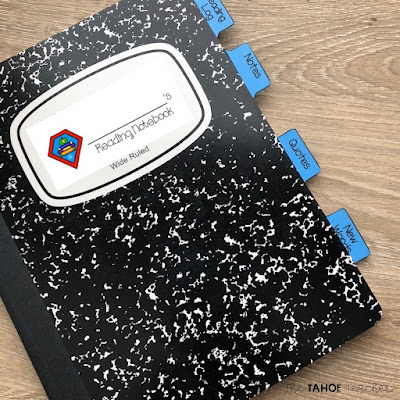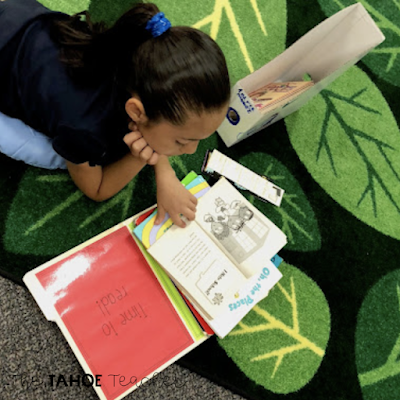How to Run a Reading Block
Hey y'all! We've talked a lot about how we run our math and science blocks, but we haven't talked much about reading. Since it's so incredibly important, let's go there.Over the years, I've taught reading several different ways. I've taught Daily 5 the way the first book says to do it. I've taught Daily 5 the way the revised book says to do it. I've modified their way, done "must do/may do" centers, taught literacy whole group (definitely not my favorite), and with all of that, I have found what works for us.
Daily 5 or literacy station type blocks are great. I love that only a few kids are in each station at a time and students rotate through everything regularly. Usually, my class does great at this in the beginning, but then they start to slack off on the whole "level 0 or 1" voice and things become harder to manage. Especially after introducing stations like "read to someone." I like the idea, but the management did not work for every class for the whole year.
With rotating stations, some students didn't have enough time to complete tasks or really get into their book before it was time to move. With "must do/may do" stations, it was hard to tell who was actually on task and who was faking it really well. Just being honest here.
So...we're using a reading workshop model.
The Reading Part
We start off class with a close read. We read the same book all week (give or take a day) and look at different aspects of the writing. For instance, with Giraffes Can't Dance, we did a picture walk; we asked who, what, when, where, why questions; we talked about the story line; we identified rhyming words, rhythm, and tone; and we probably could have done much, much more. In our mini lesson, we talk about how we know these things and students are encouraged to look for these things in their own reading.
Students then have about 30 minutes to read independently. They are set up with their book boxes full of books (3 picture books, 1 chapter book, and 2 free choice books), reading mats, and reading notebooks where they are encouraged to take notes about what they are reading.
The Language Part
Next, we move into a mini lesson about grammar or spelling. We typically have one thing we are focusing on for the week, like identifying verbs or when to add -s or -es to the end of a word. We review each day, but have a different activity for every day of the week.
At the beginning of the week, we'll complete an interactive notebook page about the topic. Throughout the rest of the week, we'll do a write the room, highlight the rule or spelling pattern in a passage we read, do a Mad Libs to review several things at a time, or play a game. This part takes about 30 minutes.
The Closing
With the time left in our reading block (10-20 minutes depending on how quickly we transition), I read a chapter or two of a book to the class. This is where I get to introduce a new series book or read a "soon to be a movie" book to them. We absolutely LOVE this time of our day.
What About Fluency and Writing?
So, what's missing from the Daily 5 model is "read to someone" and "work on writing."
We have a dedicated writing time during the day, so our direct writing instruction happens during that time and during morning message, with writing integrated throughout different subjects all day long. Students have time to practice writing what they think about their reading during independent reading time, and justifying their thinking in math, science, and social studies.
Our class goal this year is to focus on fluency. During our intervention time, I work with students who need specific skill support, and the rest of the class uses this time for fluency practice (aka "read to someone). They play fluency games, time each other, read poems, work on expression, and so much more.
So new teachers, or teachers needing something new, don't be afraid to try out a few different setups. It's not all going to come to you at once. One district I worked for was all in on Daily 5. One was all in on whole group. I feel this setup gives us a happy medium of both worlds--not too much whole group, not too much small group, not too noisy, not too quiet. And definitely not too much independent time. Because when they have too much independent time, there are too many opportunities to create chaos.
It takes time to find your reading class nirvana. Take the time to find it, and don't be too hard on yourself if something isn't working the way you want it. Reevaluate, make a plan, and move on. You will find your just right setup exactly when you need it. Hopefully, my experience and ideas will help you come up with some of your own.
Have a fantastic week and stay cozy,





No comments
Post a Comment